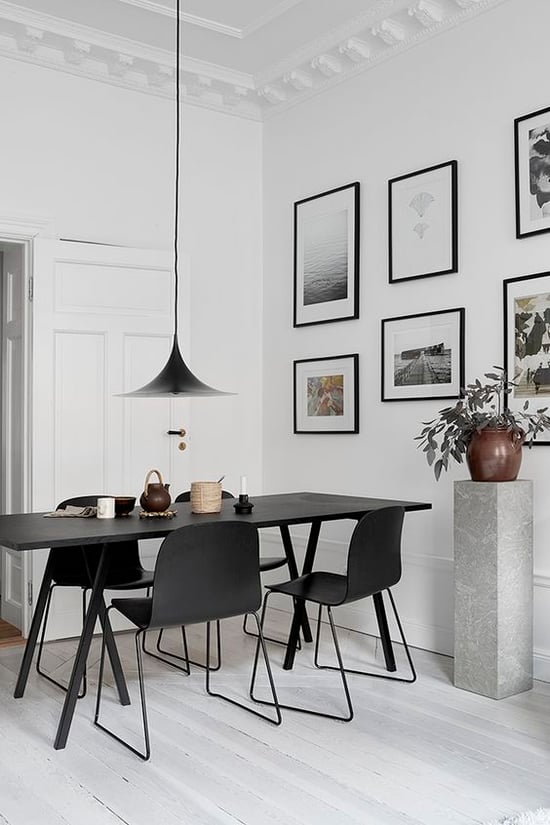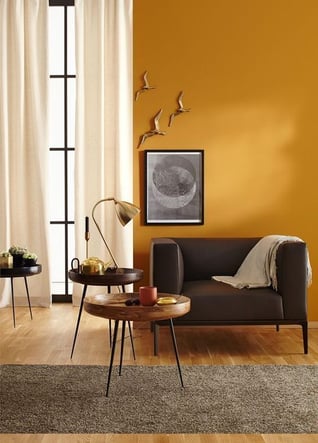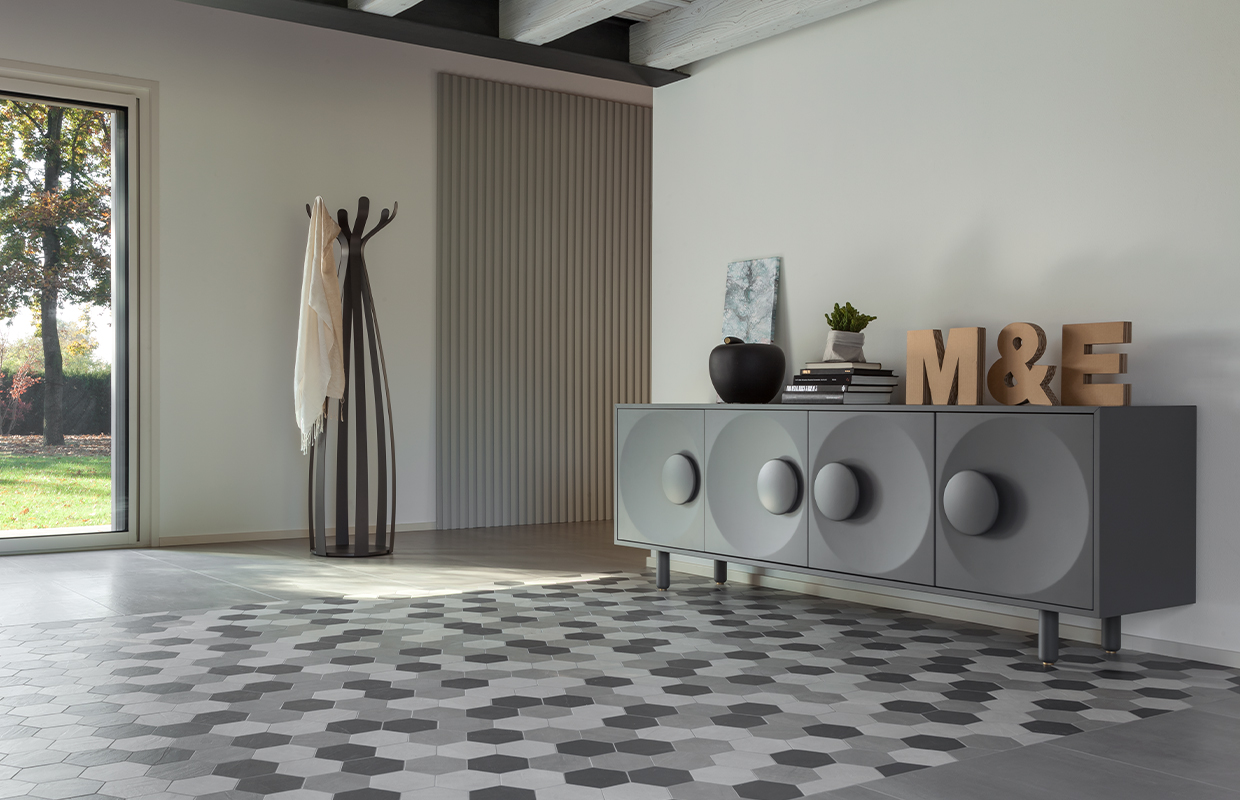Choosing colours and materials for your home can be troublesome. Combining different shades, textures or patterns while retaining a consistent, elegant style seems insurmountable but, knowing what colours mean and the emotions they convey is a fundamental point of departure.
We have provided a mini-guide to colours and their combinations, so you won't be caught off guard when choosing your home furnishings.
Colour perception
Each person reacts differently to colours, but psychology and neuroscience recognise that colour has a not insubstantial impact on our emotions. Looking at a colour wheel, we can pull out three main colour groups – warm colours, cool colours and neutral colours. Let’s get into the details of these macro-divisions that typify all the main furniture choices and explore them in more detail.
Warm colours are those that contain yellow pigment in their composition, such as orange, yellow and red. They evoke inner harmony, accessibility, closeness, trust, and give rooms a warmer, more familiar feel. These colours fit seamlessly into larger spaces and stimulate mental activity.
Cool colours such as sky blue, navy blue or indigo are typified by the cyan pigment in their composition. These provide a feeling of gravitas, relaxation and stability. They are particularly suitable for small rooms since they make them more airy.
Neutral colours include cream, greys, beige and brown hues. In general, these shades exude a sense of balance, prudence, serenity and tranquillity, but they should be used and calibrated very carefully so as not to flatten spaces.

thedesignchaser.com via Pinterest
This category also includes black and white, the quintessential timeless shades. White is synonymous with purity, peace and simplicity. It is easy to apply to furniture and is commonly used to avoid mistakes. Black, on the other hand, signifies gravitas, tenacity, power and decisiveness. It should be used for large spaces with a more masculine, elegant spirit.
Using colours to decorate your space
Interior design relies particularly on these feelings to create cosy, comfortable rooms. Generally speaking, certain spaces are enhanced by specific shades, more suited to certain times of the day. The kitchen, for example, is an everyday space par excellence,  lived in for many hours of the day. Choosing a neutral palette for this room, with soft colours blended with natural elements such as marble or wood, will immediately give you a feeling of tranquillity.
lived in for many hours of the day. Choosing a neutral palette for this room, with soft colours blended with natural elements such as marble or wood, will immediately give you a feeling of tranquillity.
For the sleeping area and the bathroom, ideal colours are cold colours that promote sleep and relaxation, while warm tones are preferred for the living room and the living area in general.
To find out how much space to dedicate to each tone, recall the “60 – 30 – 10” rule. 60% corresponds to the main colour that dominates the furnishings and that can also be used in several shades; 30% relates to the use of the secondary colour; 10% to the use of the contrasting colour which is found in little spots in different areas of the house. In this way, the result will always be balanced and in every room, with no excess or a feeling of disorder.
Best Home Decor via Pinterest
Organising the steps
What are the steps in choosing the right colours and materials? We have already touched on this idea when talking about renovation, but dividing the design project into a number of stages will make it easier for you to manage the work.
Start with a moodboard and select images and colours you like for different areas of the house. Once you have finalised your choice, move on to materials and target flooring and window/door frames first. Only then can you focus on the finishes and shades of large pieces of furniture, such as the kitchen. The next step is the painting and then the furniture items, which must coordinate with the walls, floor and main furniture. There is no one-size-fits-all way to choose the right colours for your home.
With this overview, we have given you some simple guidelines to begin with when furnishing your space by yourselves. If this seems an arduous task, let an experienced eye guide you towards the perfect style, which is tailored to your needs.
